Plant Flowering Perennials for Summer Color
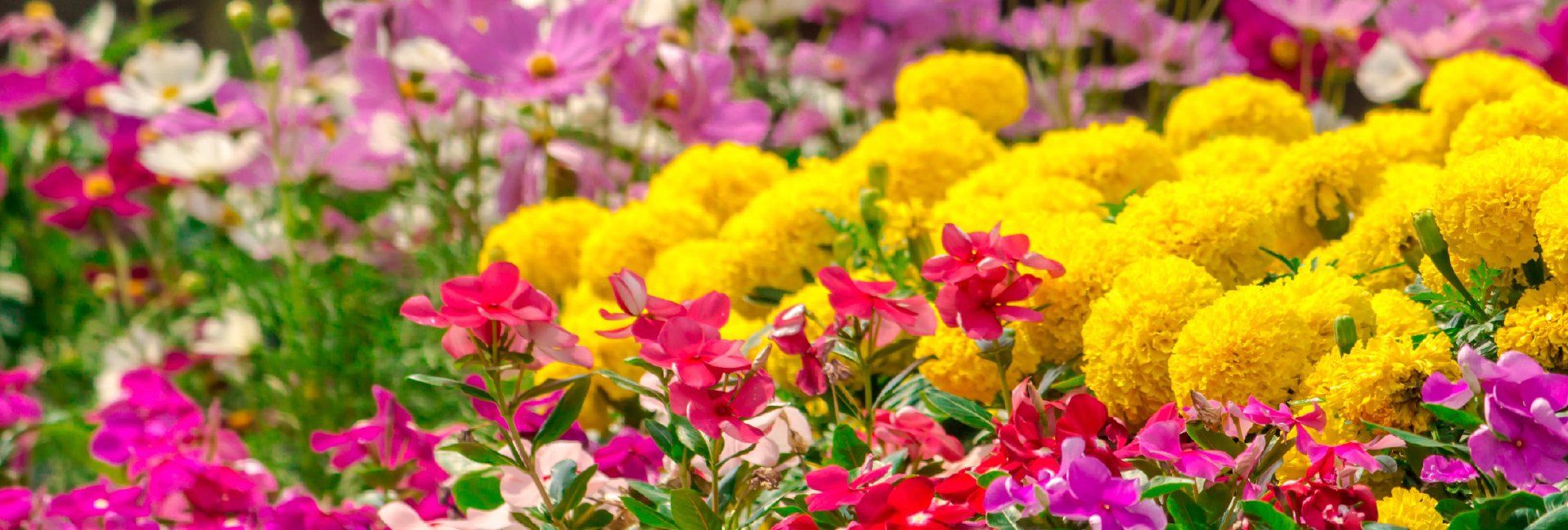

Flowering perennial plants are the dependable performers of the summer garden. Year after year, these plants come back to life in the spring, putting on new leaves and a new flourish of flowers to brighten the garden.
The magic of perennials lives in their impressive root systems. The roots go dormant in the winter, and the foliage and flowers above the soil dies back—dead, by all appearances. But the roots start growing again in late winter or early spring, and soon the plant is bursting with new life.
Annual flowers—including zinnias, cosmos, sunflowers, petunias and marigolds—always grow from seed. Their entire life cycle lasts just one growing season. They flower profusely just so they can make seeds for the next year.
But perennials put on their flowering show year after year, becoming the anchors in the flower bed. They are faithful friends in the landscape, steadfastly creating beautiful blooms that become a backdrop for the lives that they enrich.
Here are some of the best new perennials that deserve a spot in your yard and garden.
Walker’s Deep Blue Catmint
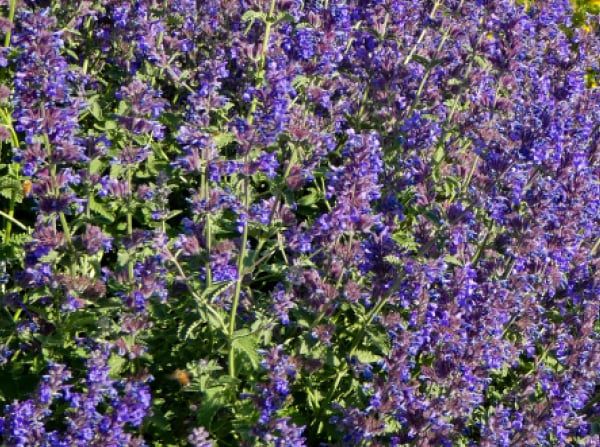
Catmint is a popular perennial because it produces a steady crop of blue flowers that begins in spring and keeps coming throughout the summer. Walker’s Deep Blue Catmint (Nepeta Walker’s Deep Blue) is a dark blue flowered form of a variety called Nepeta ‘Walker’s Low’ that was discovered in a Santa Fe, New Mexico garden.
Walker’s Deep Blue Catmint stays a manageable 20” tall and 18-24” wide. But unlike other catmints, this new variety has darker blue flowers—especially in the hot, sunny growing conditions of summer. Flowers and foliage to release a fragrant, minty aroma.
When the flowers start to fade, just deadhead the old blooms and the plant will produce another flush of dark-blue blooms. Walker’s Deep Blue Catmint grows in USDA zones 4-9. Plants are available from HighCountryGardens.com.
Tomato Soup Coneflower
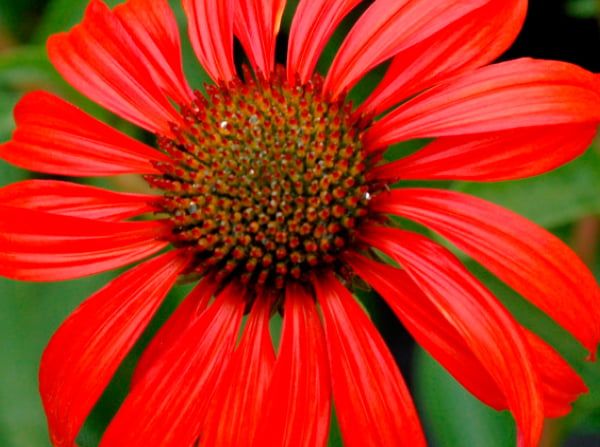
Always worthwhile, in the past few years the traditional pink-lavender coneflower has been joined by a rainbow of colorful new varieties. Echinacea “Tomato Soup” is the brightest red Echinacea yet, and it is an attention-grabber—its flowers measure 3.5 inches across, and they have a strong spicy fragrance.
Heavy-blooming, the long-lasting flowers attract butterflies and hummingbirds. The intense-red flowers are supported on strong stems, making great cut flowers in a vase.
“Tomato Soup” usually reblooms without deadheading, but if spent flowers are removed, the plant will continue to produce beautiful blooms. You can enjoy the dried seed heads as well, because they provide architectural interest in the winter. Divide this perennial when it becomes overcrowded (about every 4 years) and plant the root clumps throughout the garden. These deer-resistant plants are available from NatureHills.com.
Lupine Westcountry TerraCotta
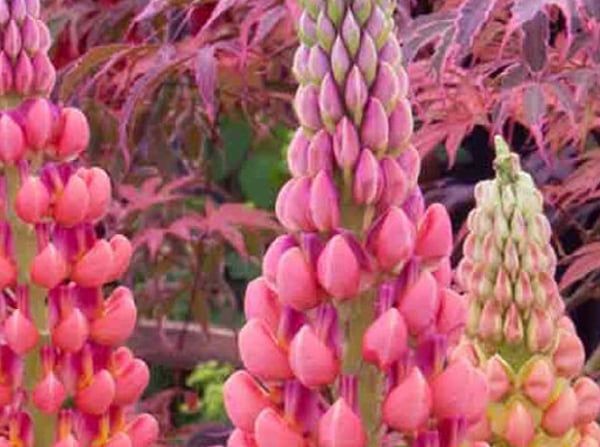
Do you need an attention-getting focal point to brighten up a dull spot? Consider this showoff: Lupine Westcountry “TerraCotta” is a flowering plant that is comfortable in the spotlight. This lupine blooms from spring to early summer and sets large, vibrant spear-like blooms on tall stems.
“TerraCotta” sends up massive torches of warm-orange and coral blooms which attract butterflies—and plenty of human attention, too. The flower petals develop from the bottom up, so the maturing flower spikes are topped with immature lime green petals.
Lupine Westcountry “Gladiator” loves full sun, and it is resistant to deer and rabbits. The flower spikes grow to 36 inches tall and the plants stay a manageable 15 inches wide. Plant in borders or mass-plant several for dramatic effect, and the flower spikes will look great in cut flower arrangements. This variety prefers moist, well-drained soil, but it can also handle occasional dry spells. Cold hardy throughout USDA zones 3-9. Plants are available at local garden centers and at WaysideGardens.com.
FlowerKisser Coral-Pink Sage

For a nonstop display, the brilliant coral-pink flowers of FlowerKisser Coral-Pink Sage (Salvia greggii WWG003) add color to a waterwise garden from late spring until fall frost. This medium-sized woody shrub loves a hot, sunny place where the soil dries out quickly. Hummingbirds adore its flowers, which never fail to provide them with a sweet meal. Trim this plant back in mid-spring by about 1/3 its height to stimulate new growth and another flush of gorgeous flowers.
FlowerKisser Coral-Pink Sage thrives in zones 6-9, and it doesn’t need much water. Plants are available from HighCountryGardens.com.
Arizona Apricot Blanket Flower
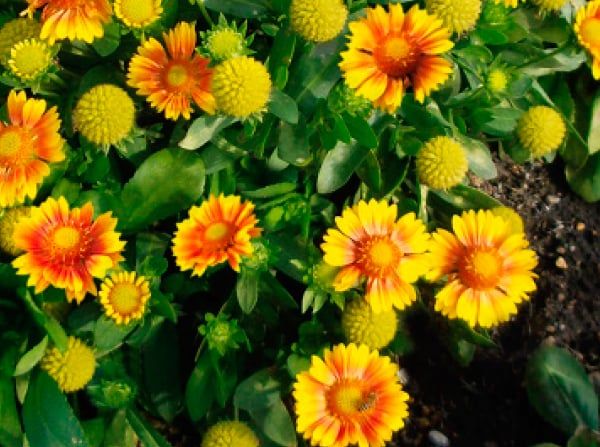
Perfect for a native, drought-tolerant xeriscape, Arizona Apricot Blanket Flower (Gaillardia aristata “Arizona Apricot”) charms your eye with bright blossoms and a fresh feel. Huge yellow-orange flowers soften to a warm apricot as they age. This color hasn’t been seen before in a blanket flower, and it is simply gorgeous.
For reliable summer color in hot, dry sunny borders, you’ll get plenty of bang for your buck with this flowering perennial. “Arizona Apricot” is perfect for rock gardens or other poor soils, and you will be amazed at how prolific this selection is in your garden. It needs virtually no care to produce weeks of gorgeous flowers.
This beloved native plant is a favorite of butterflies and hummingbirds. This variety was chosen as an All-American Selection Winner. Plants are available from NatureHills.com.
Tags:Seasonal Living

Acreage Life is part of the Catalyst Communications Network publication family.
















